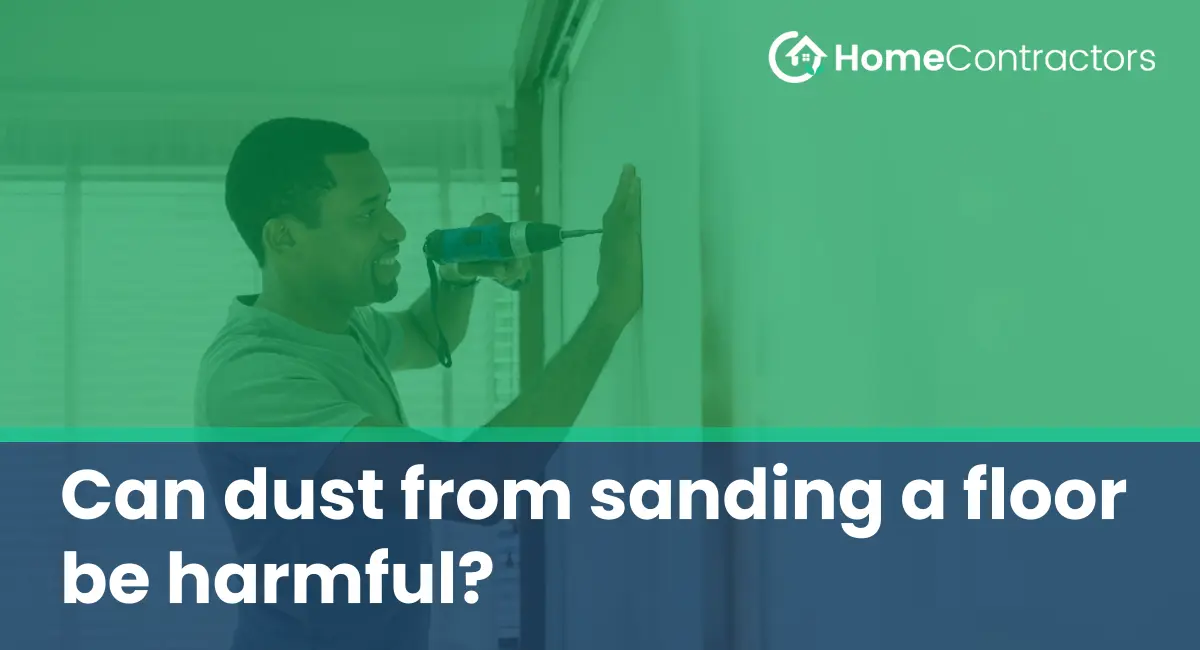Sanding a floor is a common practice during renovation or refinishing projects. It helps in achieving a smooth, even surface, but it can also produce a significant amount of dust. This article aims to explore whether the dust generated from sanding a floor can be harmful and the precautions that should be taken to minimize any potential health risks.
Understanding the Dust
When sanding a floor, the process typically involves using a power sander to remove the top layer of the wood or finish. This action creates fine particles that become airborne, forming dust. The composition of this dust can vary, depending on various factors such as the type of wood being sanded, any previous coatings or finishes, and the presence of other contaminants.
Potential Health Hazards
Inhaling dust generated from sanding a floor can pose certain health risks, especially when proper precautions are not taken. Some potential hazards associated with this dust include:
- Respiratory Irritation: Fine dust particles can irritate the respiratory system when inhaled. This irritation can cause symptoms such as coughing, sneezing, difficulty breathing, and exacerbate existing respiratory conditions such as asthma or allergies.
- Toxic Substances: The dust produced during sanding might contain harmful substances if the floor had been previously treated with certain finishes or coatings. For example, older floors may contain lead-based finishes or varnishes that, when converted to fine dust, can pose significant health risks if inhaled or ingested.
- Eye and Skin Irritation: Dust particles can also irritate the eyes and skin upon contact. This can cause redness, itching, and discomfort, particularly for individuals with sensitive skin or existing eye conditions.
Precautions to Minimize Health Risks
- Personal Protective Equipment (PPE): When sanding a floor, it is essential to wear appropriate PPE to protect yourself from the dust. This includes wearing a well-fitting dust mask or respirator to prevent inhalation, safety goggles or glasses to protect the eyes, and gloves to shield the skin.
- Ventilation: Proper ventilation is crucial in minimizing the concentration of dust in the air. Opening windows and doors, and using fans or air purifiers can help remove the dust particles and provide fresh air circulation.
- Wet Sanding: Using a wet sanding technique can significantly reduce the amount of dust generated during the process. Wetting the floor before sanding helps suppress the dust and prevents it from becoming airborne, thus minimizing the inhalation and spread of dust particles.
- Containment Measures: To prevent the dust from spreading to other areas of the house, it is important to seal off the room being sanded. This can be done by covering doorways and vents with plastic sheeting or using temporary barriers to create a dust-free work zone.
- Cleanup and Disposal: After completing the sanding process, proper cleanup is vital. Rather than using a broom or dry methods, it is recommended to use a vacuum cleaner with a HEPA filter to effectively collect the dust without dispersing it back into the air. The collected dust should be disposed of in sealed bags or containers, following local regulations.
While sanding a floor is a common practice during renovation or refinishing projects, it is essential to be aware of the potential health risks associated with the dust generated. By taking appropriate precautions, such as using personal protective equipment, ensuring proper ventilation, employing wet sanding techniques, and implementing cleanup measures, the harmful effects of dust inhalation can be significantly minimized. Prioritizing safety and following these guidelines will help create a safe and healthy environment during the sanding process.
